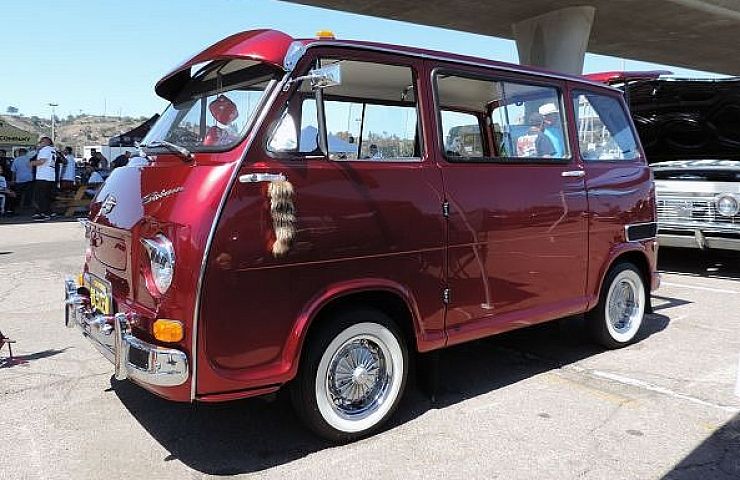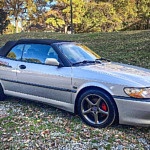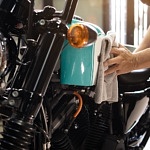After World War II, most Japanese citizens could not afford to buy a car. Japanese automakers responded by producing very small cars—dubbed kei cars, translated as “light” cars—with 150cc (or .15-liter) engines. By the 1950s, the Japanese Ministry of International Trade and Industry was promoting slightly larger vehicles—still small with 360cc engines. By 1958, Subaru started producing a small vehicle to meet that challenge, giving it the name Subaru 360 based on the size of its engine.
By American standards, the Subaru 360—like other micro-cars of the era, such as the Isetta, Crosley, Messerschmitt, and American Bantam—were goofy, if not entirely ugly. Ironically, when Tony Jasso, a San Diego-based engineer, first saw the 1970 Subaru 360 that he would later buy and restore, he said, “That’s the ugliest car I’ve ever seen. I have to own it.”
In fact, the car’s owner at the time had stopped using it because his friends gave him such a hard time about its funny looks and lackluster performance. On top of that, the Subaru micro-van—the company mostly built two-door sedan version, as well as some convertibles—was in pretty bad shape.

The Subaru 360 was imported to the United States by Malcolm Bricklin from 1968 to 1970. (He later developed his own infamous eponymous model.) Bricklin marketed the 360 as “cheap and ugly,” as evidenced by the television ads below. Consumer Reports said the micro-car was “unacceptably hazardous,” and Car and Driver clocked its slow rise to 50 miles per hour at 37.5 seconds. Its nickname was “lady bug.”
Due to the small engine size and minimal weight—less than 1,000 pounds—the car avoided tariffs and US safety regulations. More than 10,000 units were imported before performance and safety issues forced Subaru to end production after 1970. By that time, Subaru has produced nearly 400,000 units over a 12-year period.
It took Jasso five years to restore the Subaru. He now has a total of 14,000 miles on the car. He said it cruises fine at 55 miles per hour—when it finally gets there—while delivering 68 miles per gallon from its five-gallon tank. He figures a lot of people have Chevys and Fords, but how often do you see a Subaru microcar, especially one this nice?
See Xenon Light Bulbs for Subaru 360 for sale on eBay.







